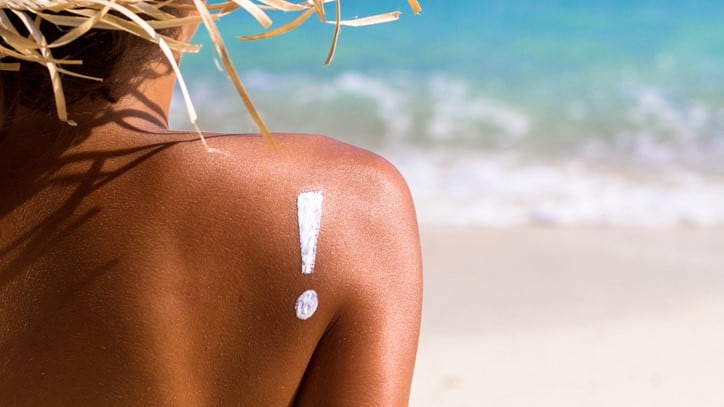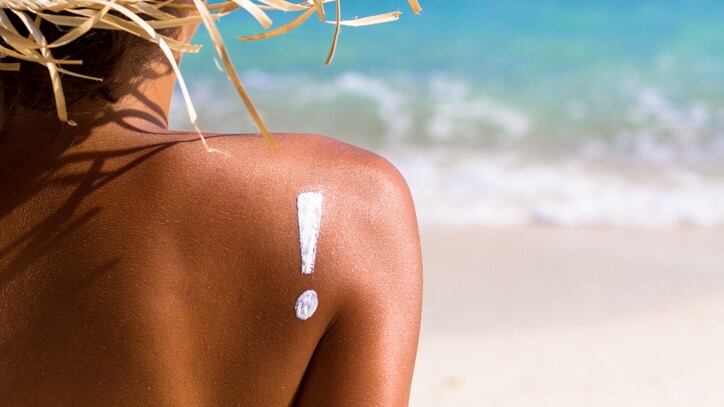In an open letter, the researchers stressed the importance of sunscreen policies and their effects on organisations and the public.
“Given the findings of this review and the considerable variation in recommendations to the public regarding how sunscreen should be used, additional work and collaboration between the relevant agencies is needed to ensure increased consistency.”
Inconsistent messages
The authors identified and highlighted 10 key sunscreen recommendations and classified them into five themes: features of sunscreen, application of sunscreen, awareness of sunscreen, supply of sunscreen and storage of sunscreen.
Among the policies analysed, 56 were Australian and 13 were international sunscreen policies from both government and non-government agencies.
The team found that five of the ten recommendations such as using water-resistant broad-spectrum sunscreen with SPF 30+ or higher and reapplying every two hours were found in more than half of the documents.
However, less than a third did not mention the remaining five recommendations such as reapplying sunscreen after swimming, sweating or towelling off, storing sunscreen in a cool, dry place as well as checking the expiration dates.
Additionally, the researchers noted there was inconsistency in the wording, target audience and completeness of the recommendations provided by the policy documents.
Part of the routine
Some of the authors of this letter previously published a paper in January outlining the sunscreen recommendations in the Australian and New Zealand Journal of Public Health on behalf of the Sunscreen Summit Policy Group.
This analysis sought to add on to the previous research that concluded that all people living in Australia and New Zealand should apply sunscreen to all parts of the body exposed to sunlight when the ultraviolet index (UVI) is three or more.
The research highlighted that sun protection should be worn regardless of activity and should be part of the regular morning routine.
For outdoor activities, however, the authors stressed that sun protection should be used alongside other protective measures such as hats.
Australia has one of the highest rates of skin cancer in the world. According to the Cancer Council, two in three Australians at will be diagnosed with skin cancer by the age of 70.
However, the Cancer Council’s 2017 National Sun Protection Survey found that only 55% of Australians believe that sunscreen is safe to use every day, down from 61% in 2014.
The authors pointed out that there is strong evidence that daily sunscreen use reduces the risk of skin cancer and that there is “consistent and compelling” evidence that sunscreens are safe for daily use.
A 2017 report by Australia’s Therapeutic Goods Administration (TGA), which regulates sunscreen formulas and their components, concluded that neither nanoparticle zinc oxide nor titanium dioxide were likely to cause harm when used as ingredients in sunscreens.



